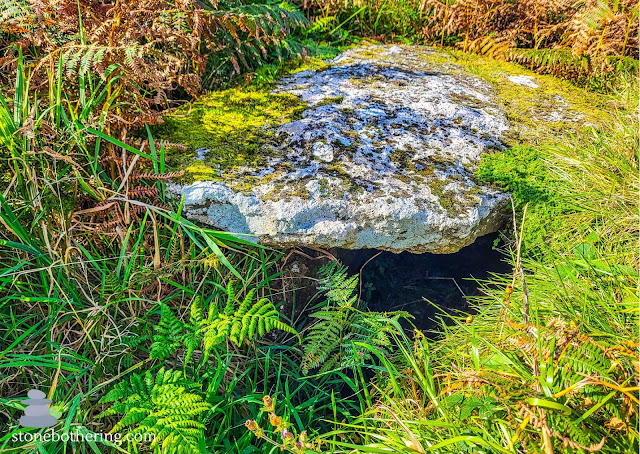Ancient Secrets of Lima: Exploring Huaca Pucllana and Huallamarca
.jpg)
Nestled in the heart of modern Lima, Peru, lie two ancient treasures - Huaca Pucllana and Huallamarca. These pre-Columbian archaeological sites offer a glimpse into the fascinating history of the pre-Inca cultures that once thrived in the region. Huaca Pucllana: Huaca Pucllana, located in the trendy district of Miraflores, is a large adobe pyramid complex built around 500 AD by the Lima culture. This impressive structure, with its 22-meter-high central pyramid and intricate plazas and courtyards, served as a significant administrative and ceremonial center. The site's name, Huaca Pucllana, which translates to "Sacred Place of Play, " hints at its multifaceted role. It was not only a place of religious and political importance but also a hub for social activities and gatherings. Visitors can explore the site's various structures, including the pyramid, plazas, and ramps, and marvel at the skill and ingenuity of the ancient builders. The on-site museum ho...

.jpg)
.jpg)


